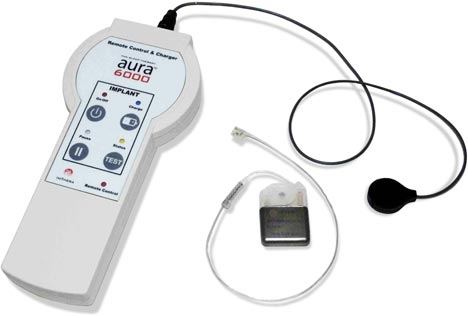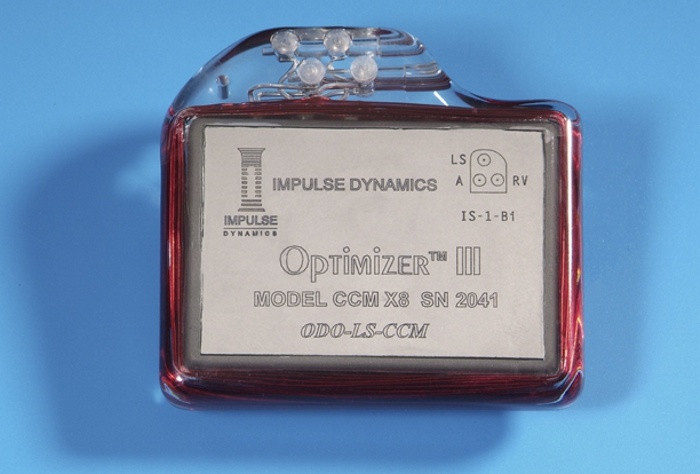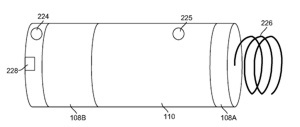 Nanostim is an early-stage AIMD company in Milpitas, CA that is developing a pacemaker that can be implanted inside the heart through a catheter. The tiny device is attached directly to the heart, eliminating the need for leads.
Nanostim is an early-stage AIMD company in Milpitas, CA that is developing a pacemaker that can be implanted inside the heart through a catheter. The tiny device is attached directly to the heart, eliminating the need for leads.
In May 2011 Nanostim announced that St. Jude Medical had made a substantial investment in the company.
The company is operating in stealth mode, but some details about the leadless pacemaker have emerged from Nanostim’s patents and patent applications. An interesting detail is about the possible use of a betavoltaic power source: Continue reading


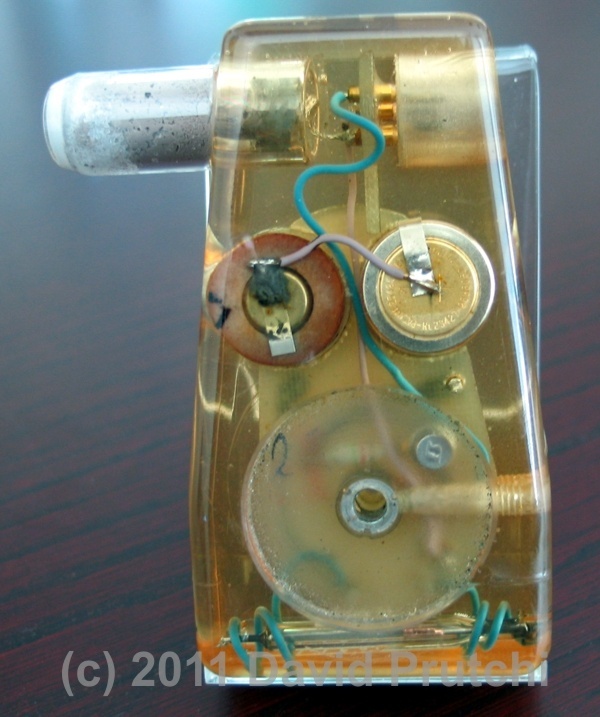
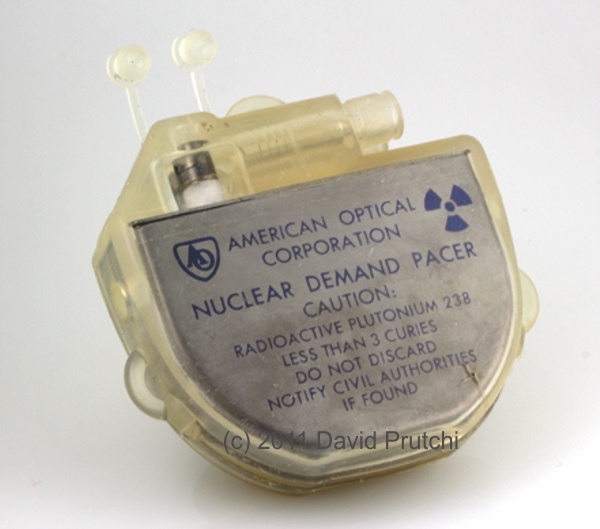
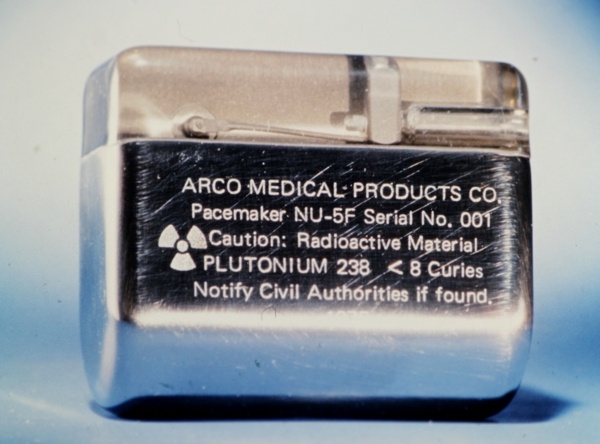
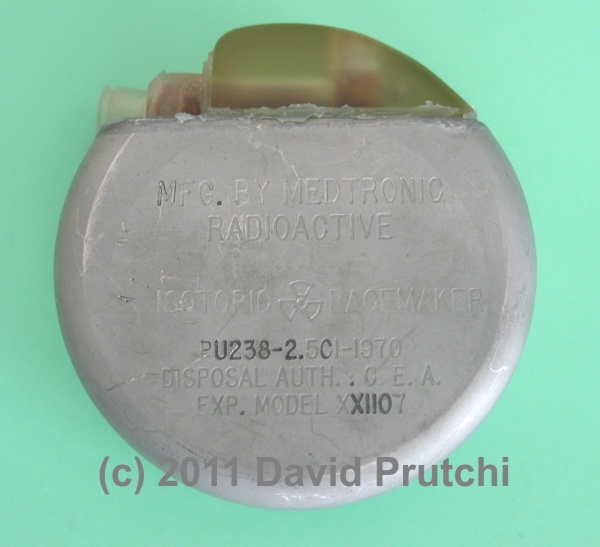
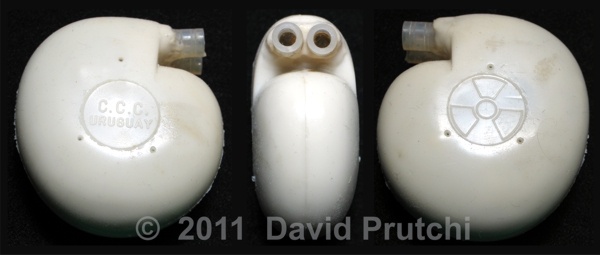
 CCC is one of the oldest pacemaker manufacturers in the world. It was founded in 1969 by Dr. Orestes Fiandra, who performed the first succesful, human, long-term pacemaker implant in the world.
CCC is one of the oldest pacemaker manufacturers in the world. It was founded in 1969 by Dr. Orestes Fiandra, who performed the first succesful, human, long-term pacemaker implant in the world. Alfred E. Mann holds B.A. and M.S. degrees in physics from the University of California, Los Angeles and honorary doctorate degrees from the University of Southern California, The Johns Hopkins University, Western University and the Technion Institute (Israel), as well as, Research Professor, University of Southern California, and Adjunct Professor, Dept. of Bioengineering, University of California Los Angeles.
Alfred E. Mann holds B.A. and M.S. degrees in physics from the University of California, Los Angeles and honorary doctorate degrees from the University of Southern California, The Johns Hopkins University, Western University and the Technion Institute (Israel), as well as, Research Professor, University of Southern California, and Adjunct Professor, Dept. of Bioengineering, University of California Los Angeles.